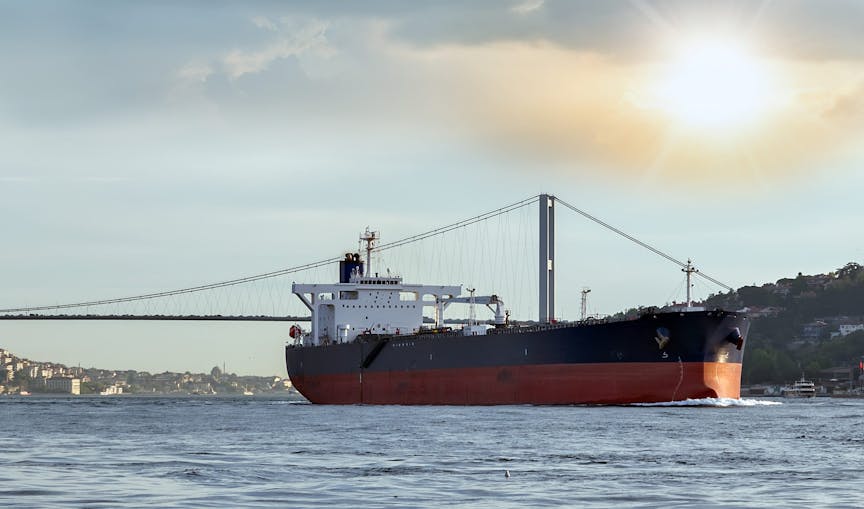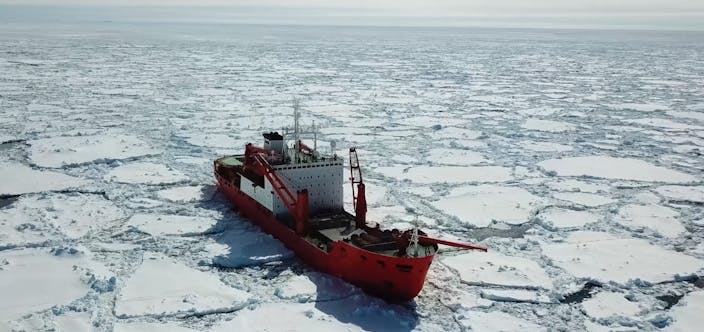Loss Prevention circular – Turkish straits passage
Due to a recent increase in salvage claims related to passage through the Turkish Straits (Bosporus, Dardanelles, and Marmara Sea), we have drafted this brief with general information about the passage as well as recommended best practices for preparing for and carrying out a successful passage.

Rules and what to expect:
According to regulations, the minimum transit speed is 4 knots. The speed is particularly monitored in the Bosporus, where the currents can be very strong, up to 7-9 knots.
The Directorate General for Coastal Safety (DGCS) has monopoly in the straits within salvage, pilotage, towage, Search and Rescue, marine communication, emergency response, and VTS. The DGCS has a large fleet of tugs and a very short response time, especially within the Bosporus – typically a few minutes. Communication between the pilot and the rest of the DGCS typically takes place solely in Turkish, and if there are issues with speed compliance, propulsion or manoeuvrability, tugs are ordered by the pilot, while vessel Masters are heavily pressured by the pilot and the VTS to connect the tugs immediately, without contract clarification regarding whether the task involves tug assistance or salvage. The pressure put on vessel command by the pilot and the VTS is substantial! In these circumstances, the DGCS operation is typically presented as salvage, which is substantiated by the rapid response time. The salvage claims, according to Article 13 in the Salvage Convention, have been in the range of 8-12% of the following:
- Current hull value
- Cargo
- Bunkers
- Charter
Best practices checklist for a successful Turkish Straits passage:
- Ensure sufficient engine power for speed compliance in prevailing weather conditions (currents).
- Rectify all main engine technical issues before commencing Turkish Straits transit.
- Be prepared for the excessive communicative pressure and Turkish only communication.
- Be clear on Master’s overriding authority and exercise it.
- If tug assistance is necessary, accept only “commercial terms”.
- In situations of losing propulsion or manoeuvrability – can you anchor?
- Anchoring, even within VTS, is better than salvage.
- Harbour Master’s fine is low compared to salvage remuneration.
- Do not sign the TURKS 2015 Salvage Agreement.
If you lose main engine power and/or manoeuvrability, assess the situation carefully to establish whether salvage is needed or if you can anchor safely instead. Losing propulsion and manoeuvrability does not always mean imminent danger. It is in these circumstances that masters are pressured to accept salvage, when in fact it is safe to anchor. Masters are not obliged to accept tug assistance and can choose to drop the anchor instead. A safely anchored vessel cannot be claimed for salvage. Pilots and VTS often claim that anchoring is prohibited within the Turkish Straits and that anchoring would cause problems with Turkish authorities for the Master. The ultimate consequence with the Turkish authorities, however, is a Harbour Master administrative fine, which is very low compared to a salvage claim and possible remuneration.
Source: google maps
Master’s overriding authority according to the ISM Code: “The master has the overriding authority and the responsibility to make decisions with respect to safety and pollution prevention.”
Further information:
www.vda.org. – MARITIME TRAFFIC REGULATIONS FOR THE TURKISH STRAITS



